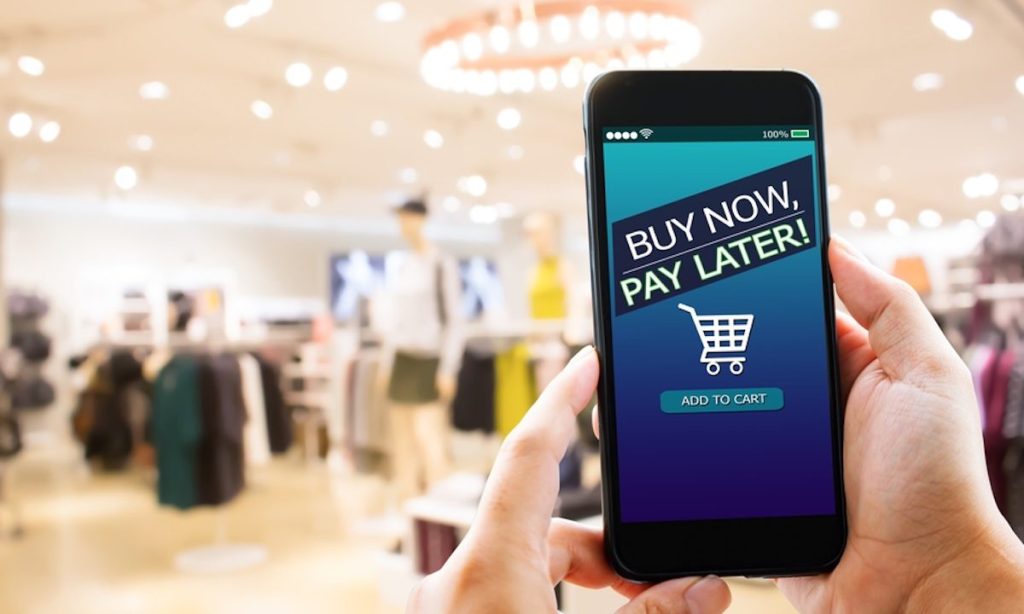
It’s not just those who are pinching every penny and living paycheck to paycheck who are interested in making their payments in installments, according to our latest research about the growth — and potential explosion — of bank-issued buy now, pay later (BNPL) offerings.
Maybe it’s a case of jumping on the latest trend or trying to be part of what’s hot, but the group that’s showing the most interest in bank-issued BNPL plans, according to our research, is the one that seemingly needs it the least: consumers who are earning more than $100,000 annually, with almost half of them (47%) pining for the installment plan structure from their financial institutions.
The next-highest level of interest comes from consumers with annual incomes of $50,000 to $100,000 (42%) and consumers earning less than $50,000 (39%).
That’s perhaps on of the surprising findings in our “Banking On Buy Now, Pay Later: Installment Payments And FIs’ Untapped Opportunity,” a collaboration between PYMNTS and Amount. The report is based on a survey of 2,237 U.S. consumers that was conducted between Nov. 5 and Nov. 10, 2021.
We polled them on which features they wanted from BNPL providers. The survey evaluated consumers’ BNPL usage and interest in accessing bank-backed BNPL plans.
For what it’s worth, interest in bank-issued BNPL plans isn’t just analyzed based on income levels. We also found that 60% of millennials, 57% of bridge millennials and 54% of Generation Z consumers say they are interested in using bank-issued BNPL plans.
As you might expect, those who live paycheck to paycheck and have some issues paying their bills expressed the most interest in bank-issued BNPL offerings at 58%, followed by consumers who live paycheck to paycheck but are able to pay their bills on time (45%) and those who don’t live paycheck to paycheck (32%).
You have to wonder if banks know about this interest and are working on a solution to meet the growing desire to spread payments over a longer swath of time, or if they are going to let more progressive and innovative companies steal their customers while they stick to what’s worked for them for decades. Even the COVID-19 pandemic hasn’t been enough to make everyone budge, to be sure.
When and if they do, though, consumers are ready to be part of the transition. Our research shows that 70% of current BNPL users say they would be interested in using BNPL plans from their banks if such offerings were available, with high interest among those who already use BNPL plans and those who aren’t yet part of the practice.
Meanwhile, 7% of consumers who use BNPL today said in our survey that they are less interested in a bank product than one offered by another company.
And, to show that some things never change when it comes to what consumers want from those managing their money, 53% of consumers say trust is the most important factor when choosing a lender for a short-term credit product.
Banks have an advantage over other FinTechs when it comes to cultivating and retaining consumers’ trust, because there’s more personal interaction in banks than with FinTechs, where the goal is to keep the transaction quick and painless.
Half of consumers who use short-term credit say the ability to spread their payments over time is important when selecting a short-term credit product, and about the same share (49%) report ease and convenience as important factors.
“Banks can offer these other factors more easily, adding weight to consumer preference for bank-issued products,” the report says.
Want to learn more about banks and the growing demand for BNPL? Download “Banking On Buy Now, Pay Later: Installment Payments And FIs’ Untapped Opportunity” now.
























